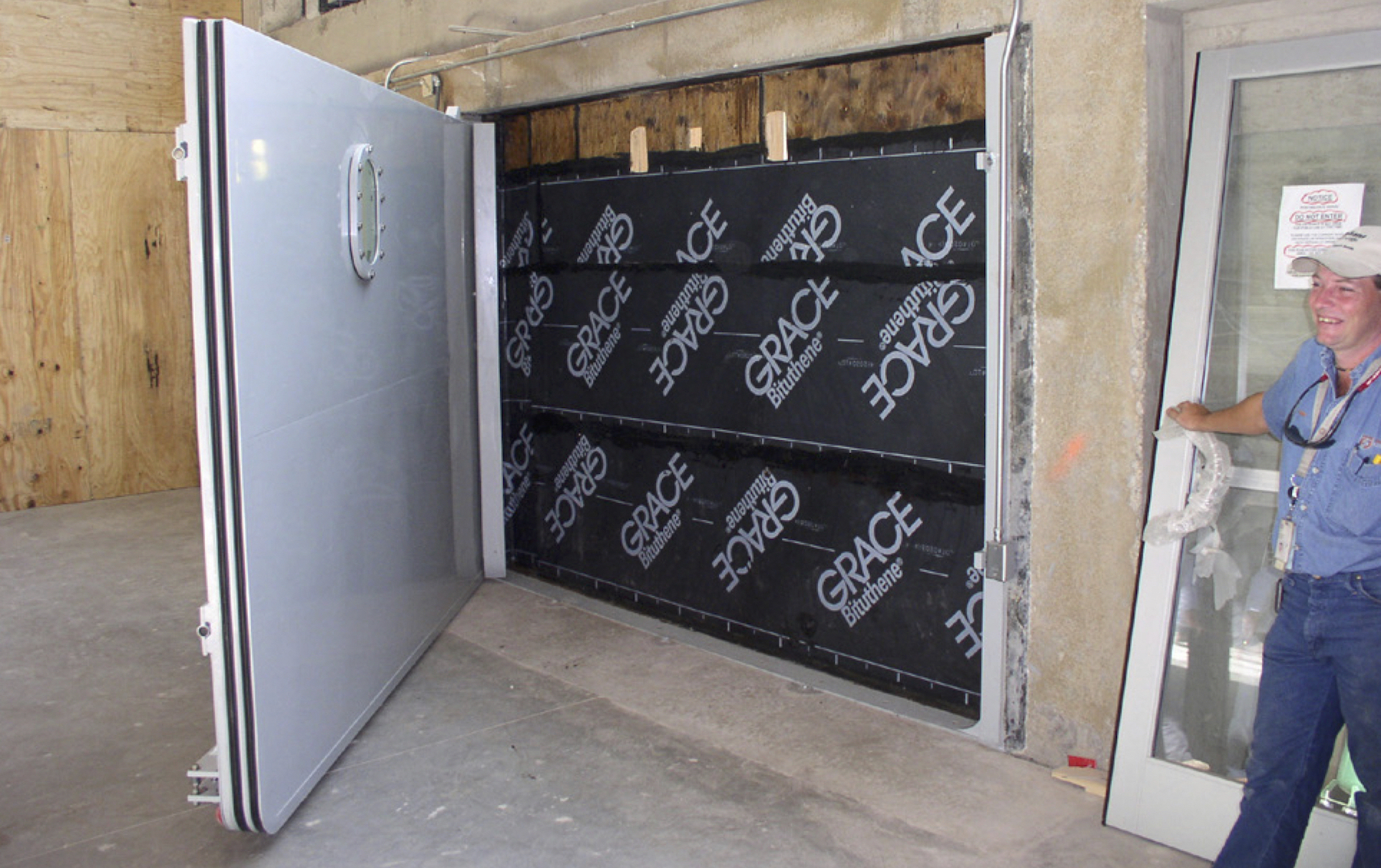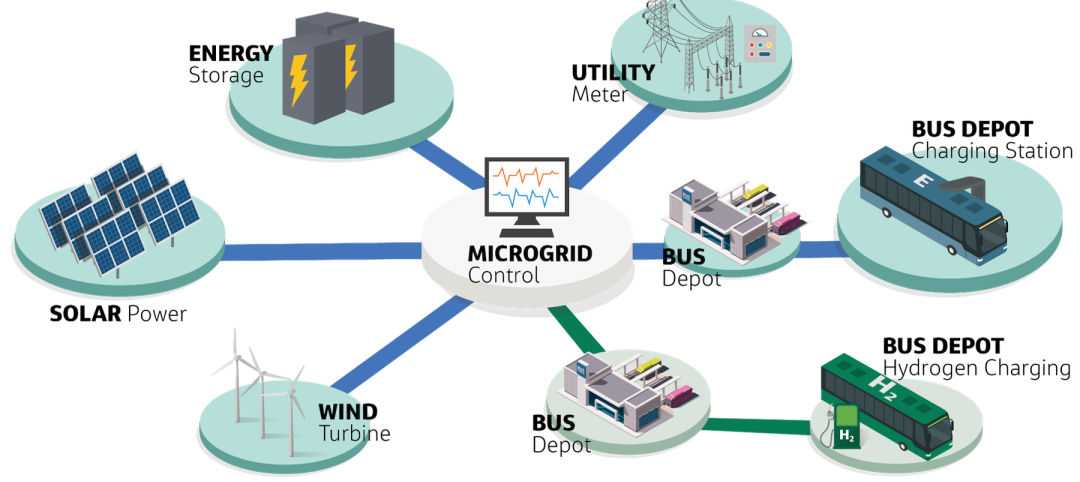International engineering firm Walter P Moore has released a new paper entitled An Introduction to Flood Protection: What Owners Need to Know to Protect Their Properties. The white paper focuses on the numerous flood protection approaches and building owner needs as well as an in-depth review of the flood protection process. The white paper also examines how to properly determine the flood resiliency of a property in order to provide a clear understanding of risk associated costs.
“Adequate flood protection is critical for building owners, especially as rain and flood-related events become more common,” says Doug Coenen, Principal and the Civil Engineering Business Development Manager in Walter P Moore’s Infrastructure Group. “I encourage building owners as well as engineers throughout the AEC industry to review this report and either start or continue discussions regarding flood protection with their peers.”
An Introduction to Flood Protection: What Owners Need to Know to Protect Their Properties includes a detailed examination of wet versus dry flood protection, active versus passive flood protection, how to properly execute a flood protection feasibility study, the six steps to a successful flood protection process, and detailed information on early warning flood forecasting.
“This white paper provides critical information building owners need in order to properly manage retrofitting existing structures to ensure they are prepared for flood-related events,” says Ray Drexler, Principal and Senior Project Manager in Walter P Moore Diagnostics. “It can serve as a baseline for engineers and architects to start these discussions with building owners.”
Download An Introduction to Flood Protection: What Owners Need to Know to Protect Their Properties.
Related Stories
Resiliency | Feb 15, 2022
Design strategies for resilient buildings
LEO A DALY's National Director of Engineering Kim Cowman takes a building-level look at resilient design.
Sponsored | Steel Buildings | Jan 25, 2022
Multifamily + Hospitality: Benefits of building in long-span composite floor systems
Long-span composite floor systems provide unique advantages in the construction of multi-family and hospitality facilities. This introductory course explains what composite deck is, how it works, what typical composite deck profiles look like and provides guidelines for using composite floor systems. This is a nano unit course.
Sponsored | Reconstruction & Renovation | Jan 25, 2022
Concrete buildings: Effective solutions for restorations and major repairs
Architectural concrete as we know it today was invented in the 19th century. It reached new heights in the U.S. after World War II when mid-century modernism was in vogue, following in the footsteps of a European aesthetic that expressed structure and permanent surfaces through this exposed material. Concrete was treated as a monolithic miracle, waterproof and structurally and visually versatile.
Sponsored | Resiliency | Jan 24, 2022
Norshield Products Fortify Critical NYC Infrastructure
New York City has two very large buildings dedicated to answering the 911 calls of its five boroughs. With more than 11 million emergency calls annually, it makes perfect sense. The second of these buildings, the Public Safety Answering Center II (PSAC II) is located on a nine-acre parcel of land in the Bronx. It’s an imposing 450,000 square-foot structure—a 240-foot-wide by 240-foot-tall cube. The gleaming aluminum cube risesthe equivalent of 24 stories from behind a grassy berm, projecting the unlikely impression that it might actually be floating. Like most visually striking structures, the building has drawn as much scorn as it has admiration.
Sponsored | Resiliency | Jan 24, 2022
Blast Hazard Mitigation: Building Openings for Greater Safety and Security
Microgrid | Jan 16, 2022
Resilience is what makes microgrids attractive as back-up energy controls
Jacobs is working with clients worldwide to ensure mission critical operations can withstand unexpected emergencies.
Sponsored | BD+C University Course | Jan 12, 2022
Total steel project performance
This instructor-led video course discusses actual project scenarios where collaborative steel joist and deck design have reduced total-project costs. In an era when incomplete structural drawings are a growing concern for our industry, the course reveals hidden costs and risks that can be avoided.
Resiliency | Oct 19, 2021
Achieving resiliency through integrated design
Planning for and responding to the effects of adverse shocks and stresses is typically what architects and engineers have always thought of as good standard design practices.
Resiliency | Aug 19, 2021
White paper outlines cost-effective flood protection approaches for building owners
A new white paper from Walter P Moore offers an in-depth review of the flood protection process and proven approaches.
Resiliency | Aug 4, 2021
A new team forms to assess climate change’s effects on the built environment
Arup and First Street Foundation are using extensive datasets to develop risk-mitigating resilience solutions.

















